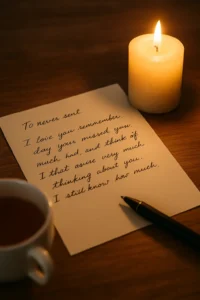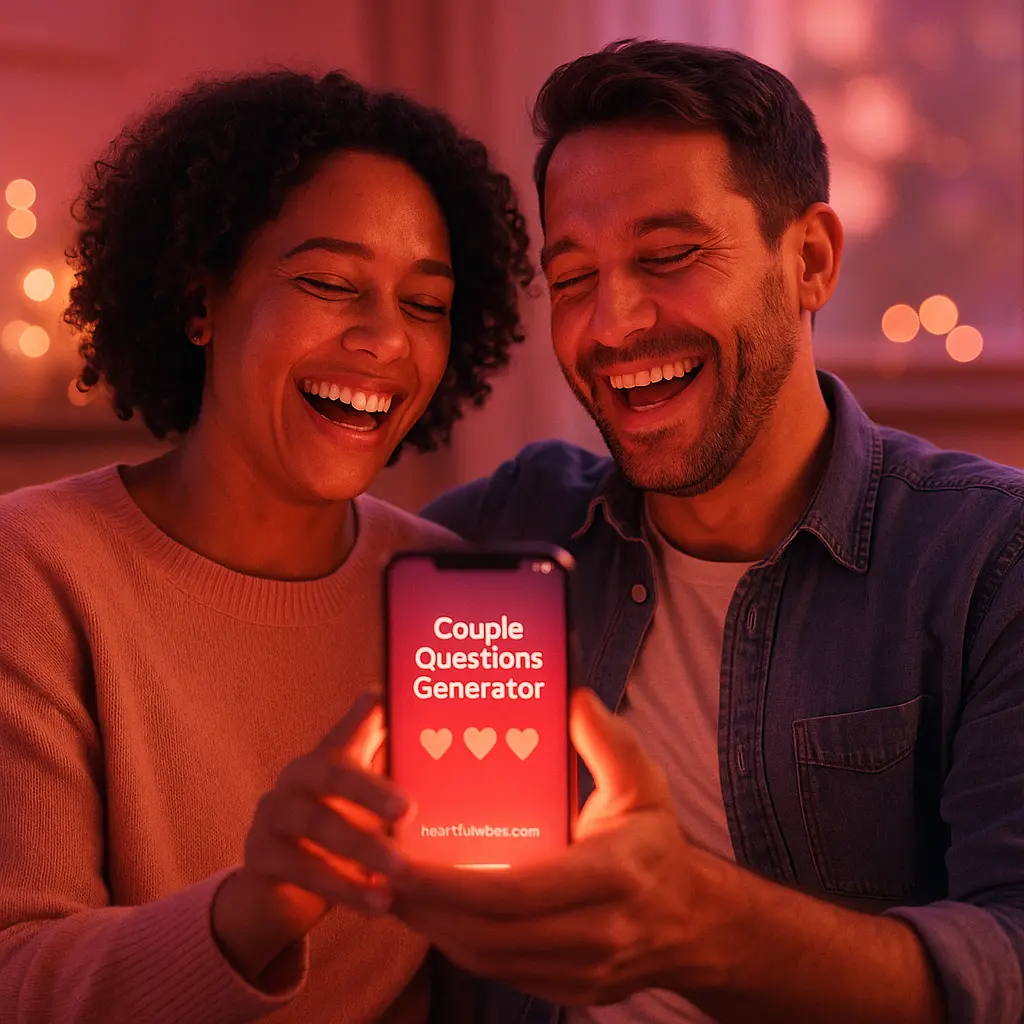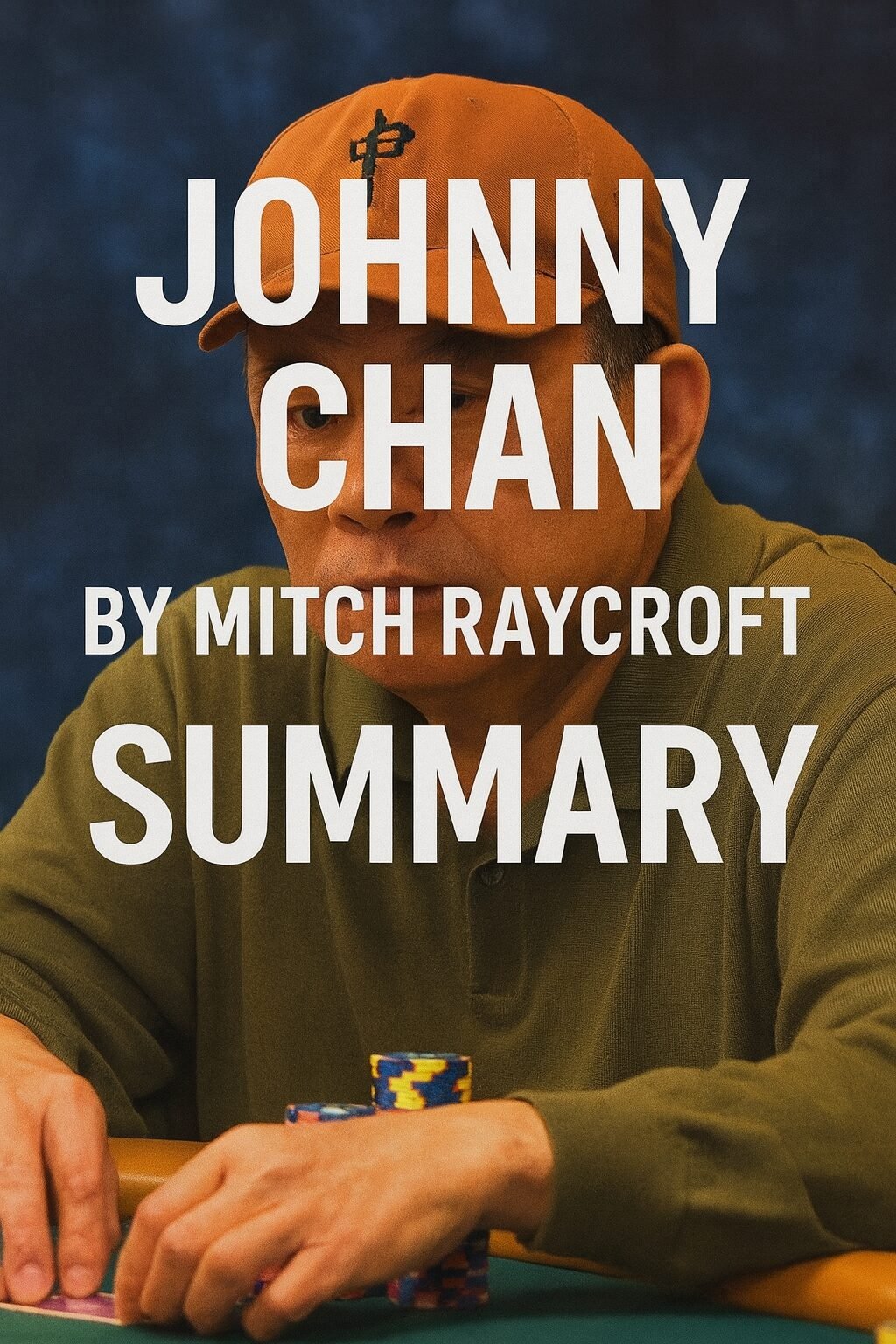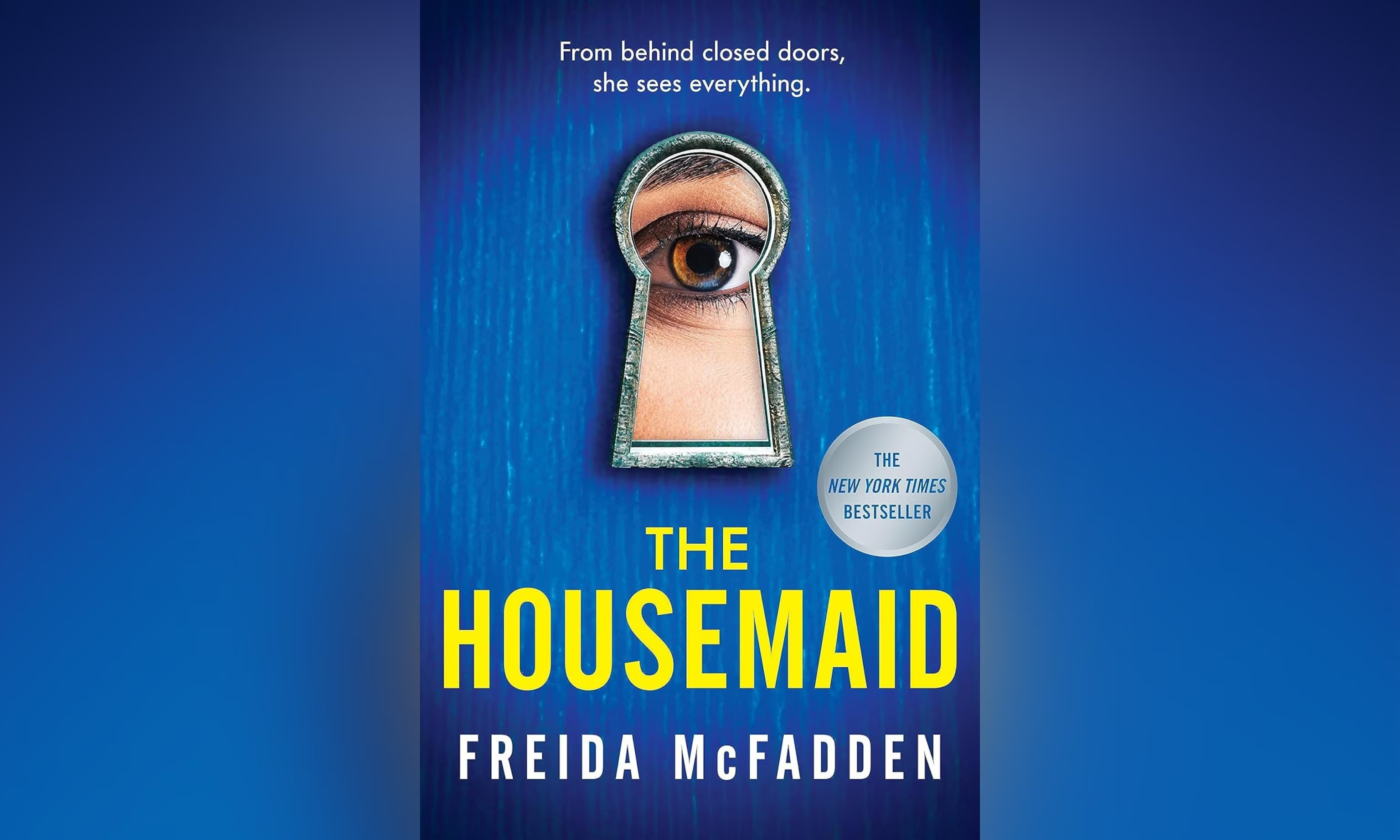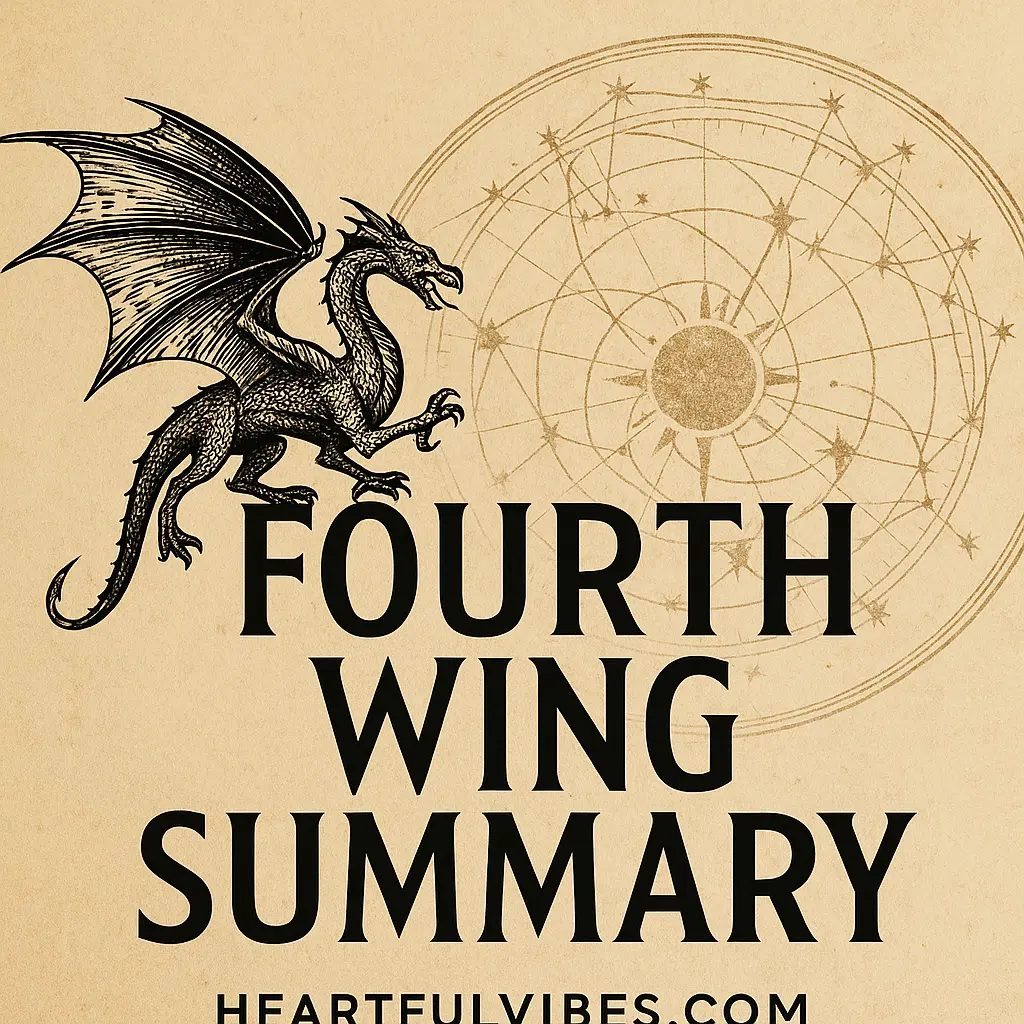I found myself staring at the 3 AM glow of my phone, a typed message never sent to my first love still sitting in drafts. My heart raced as I reread those unspoken words, a rush of regret and relief washing over me.
We all have them—those quiet words tucked away in the corners of our hearts. Messages typed but never sent. Love letters written but never mailed.
In this exploration of “messages never sent,” we’ll uncover the emotional depth, personal stories, and healing power behind unspoken words. Drawing on psychological insight, cultural trends, and real-life examples, this piece explores why we write these messages, why we don’t send them, and how they can help us grow.
The Power of Unspoken Words – Why “Messages Never Sent” Resonate
A message never sent can be more powerful than one received. It is a secret, a memory, and sometimes a burden. These unsent messages live in drafts, torn notebook pages, and buried email folders—but they carry a weight that’s hard to measure.
Culturally, “messages never sent” have become a digital and emotional phenomenon. Projects like The Unsent Project, featuring over 5 million anonymous messages to first loves, prove how many people have something left unsaid.
These shared sentiments offer catharsis not just for the sender, but for the reader—reminding us we are not alone in our silence.
We are drawn to these messages because they reflect universal emotions: regret, longing, hope, and love. Even in their silence, these words speak volumes.
Why We Leave Love Letters Unsent – Emotions Behind the Silence
Unsent letters often arise from intense moments of clarity or emotional upheaval. Here are the main reasons we write but don’t send them:
- Fear of Rejection: The risk of being ignored or misunderstood can be too painful.
- Timing Isn’t Right: Sometimes, the moment to say it has passed.
- Need for Self-Reflection: Writing is a form of therapy, a way to understand your own feelings.
- Desire to Protect: We may want to spare the other person from hurt, guilt, or confusion.
- Closure Without Confrontation: It allows for emotional resolution without interaction.
Experts like psychotherapist Esther Kane often recommend this kind of letter writing to clients, emphasizing its therapeutic potential. As she says, “You can say anything you like… even if it is downright vicious or overly sentimental.” The goal isn’t to start a conversation, but to process and let go.
Stories of Love and Longing
Example 1: The One That Got Away
“I think we met at the wrong time. You made me feel seen in a way I didn’t know I needed. You didn’t deserve the silence I gave you. Maybe we were only meant to be a brief, bright moment—but a part of me still wonders what if. Wherever you are, I’m quietly rooting for your happiness.”
This message reflects nostalgia, regret, and unspoken affection—emotions many of us have quietly carried.
Example 2: A Confession Left Unsent
“Every day I think about you. You slip into my mind like a song I can’t forget. I never told you how truly I loved you—and I’m always going to love you. You might never know that, but it’s a truth I carry with me.”
This kind of unsent confession shows the lasting power of unspoken love. The message becomes a personal truth—a silent monument to what could have been.
These letters are deeply human. They represent moments where vulnerability met hesitation, and love remained in the shadows.
From Personal to Popular – How “Messages Never Sent” Became a Movement
What was once a private exercise is now a cultural and emotional movement. The Unsent Project, created by artist Rora Blue, collects millions of anonymous messages, organized by color to reflect the sender’s emotions. Reddit’s r/UnsentLetters allows users to share unsent letters with a supportive community.
These platforms normalize vulnerability. By sharing these letters, people find connection and healing. Even without a reply, these words find an audience—and sometimes, that’s all we need.
Crafting Your Own Unsent Letter
Writing a letter you’ll never send can offer emotional clarity and peace. Here’s how to start:
- Set the Scene: Choose a quiet, comfortable space.
- Be Honest: Write as if no one will ever read it.
- Address the Person Directly: Use names and speak from the heart.
- Let it Flow: Don’t edit or hold back.
- Release or Reflect: Keep it, tear it up, or burn it—it’s your choice.
Writing these letters is a form of emotional release. It helps you confront and understand your feelings without fear of consequences.
Conclusion:
The messages we never send often hold our deepest truths. They show us who we were, what we felt, and who we are becoming. Even if they remain unread, they are real—and they matter.
Have you ever written a message never sent? You’re not alone. Share your own letter or story in the comments. Your words could help someone else find peace, too.
Sometimes, the bravest thing we do is write it out—even if no one ever reads it. In the quiet space between writing and sending, healing begins.

